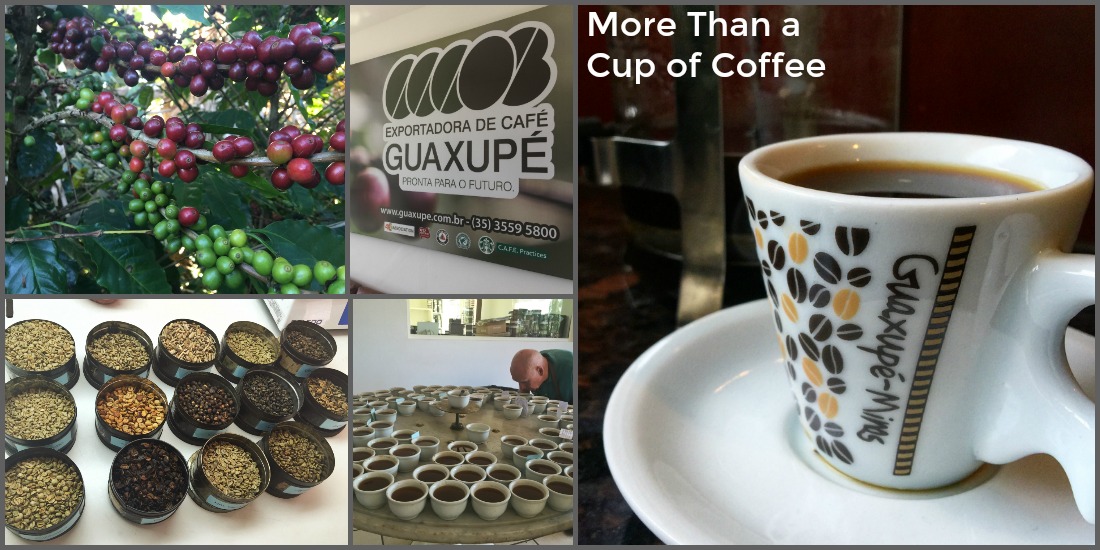
Someone recently told me that I am excellent at turning lemons into lemonade. I guess I can agree with that statement. My life seems to have quite a lot of things being thrown my way both good and well, not so much. In one of my recent posts, I shared with you that Gabi got sick in Brazil while on a month long traveling adventure. We are now back in the United States, and she is doing much better. And as I sit here enjoying this perfect cup of Brazilian brew, I can’t help but think about how this is just a little more than a cup of coffee, so I wanted to share with you a little bit of what I learned in Brazil about the making of coffee, from bean to cup.
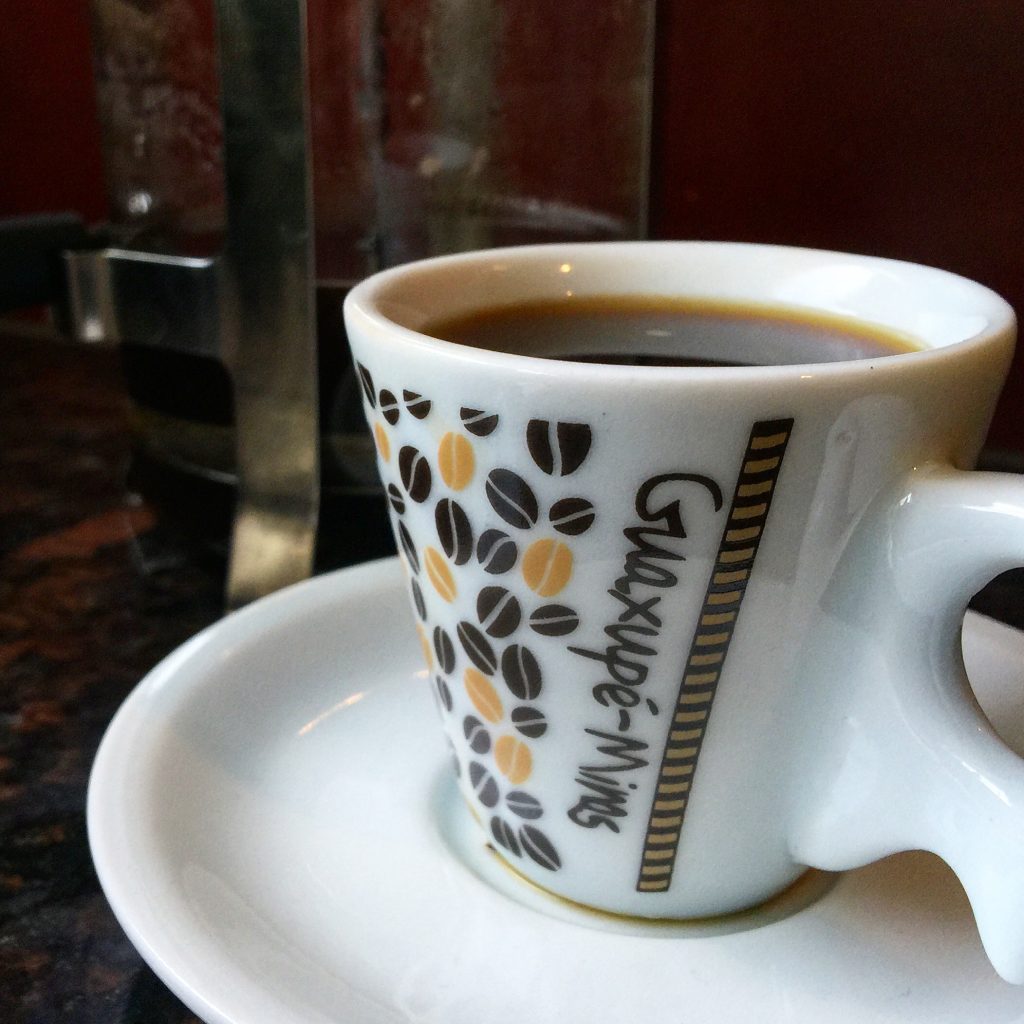
In my post about Gabi getting sick in Brazil, I mentioned that the people of Brazil are wonderful. One thing I didn’t mention, but I must, is how AMAZING Brazilian coffee tastes. I had the pleasure of waking up to the strong aroma of freshly brewed Brazilan coffee every morning. I came home addicted.
More Than a Cup of Coffee: From Bean to Cup
On Sundays, the family in whom with that Gabi was staying in Guaxupé, São Paulo would all get together for a massive lunch. I was lucky enough to experience fantastic food with some amazing people on one of the area’s largest coffee farms. The family took me on a tour to see the farm, and we rode through endless fields of coffee trees. It was spectacular.
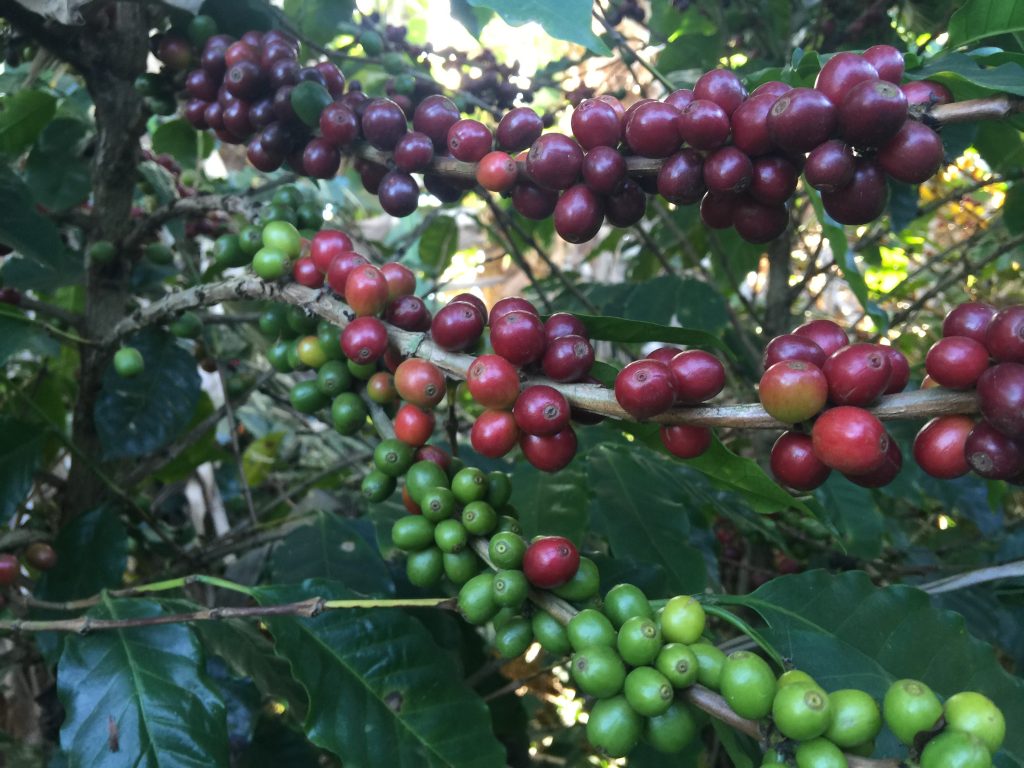
My new friends shared with me how the cherries were only picked by hand during harvest. The freshly picked cherries are spread out on huge surfaces to dry in the sun. To prevent them from going bad, they are turned over with a rake throughout the day. At night, the farmers cover the drying cherries as well as to protect them from the rain. It’s imperative they don’t get wet. It can take up to two weeks for the beans to dry.
After seeing this, I became intrigued at what it takes to make a cup of coffee, so lucky for me, João, a close family friend, offered to take me on a tour of Exportadora de Café Guaxupé Ltda., where I learned so much about what it takes to make it to a cup of coffee.
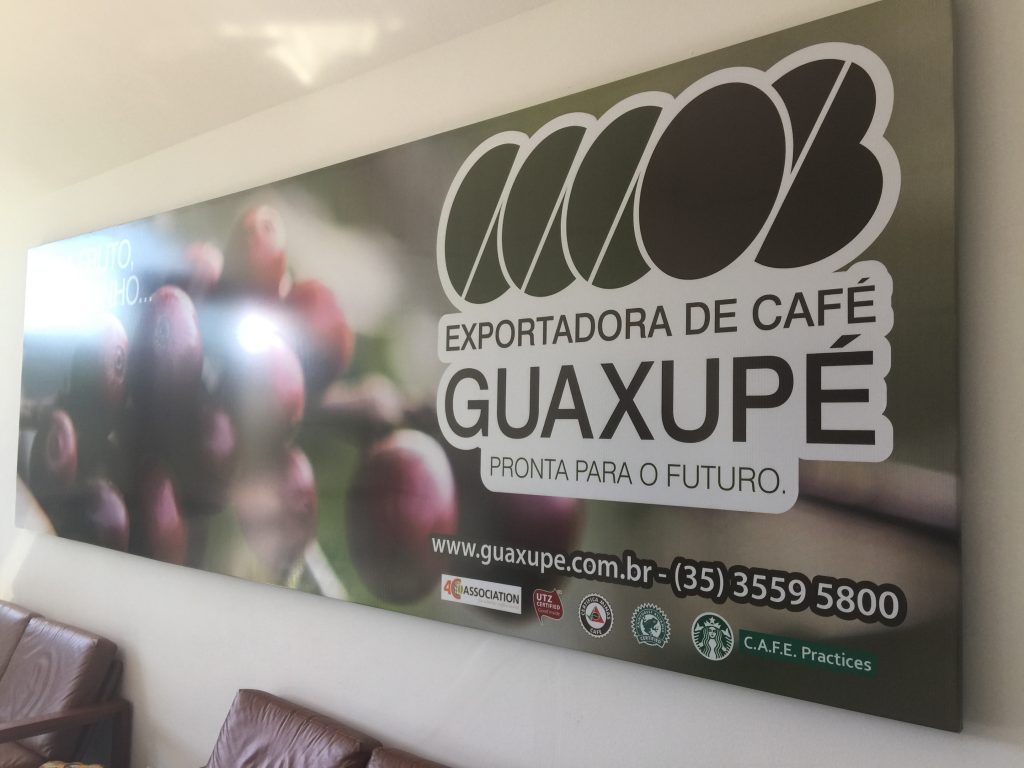
I got a little bit of the history of Guaxupé throughout my stay from various people from the area. First of all, Brazil is the world’s largest coffee producing country producing 1/3 of all the Arabic coffee beans used all over the world. For the last decade, Guaxupé has been a large contributor in supplying coffee to such brands as Starbucks, Nescafé, and Folgers, to name just a few. In the 1970’s the Exportadora de Café Guaxupé exported their first big brand coffee to Italy.
Walking through the plant, I saw machines separating beans by color, weight, and texture. I got a glimpse of what the machines do. The dust is thick in the air, so masks were required. It’s also hard to hear each other speak with all the noise from the engines, but watching thousands of kilos of coffee bagged up and ready for tasting and exporting is fascinating.
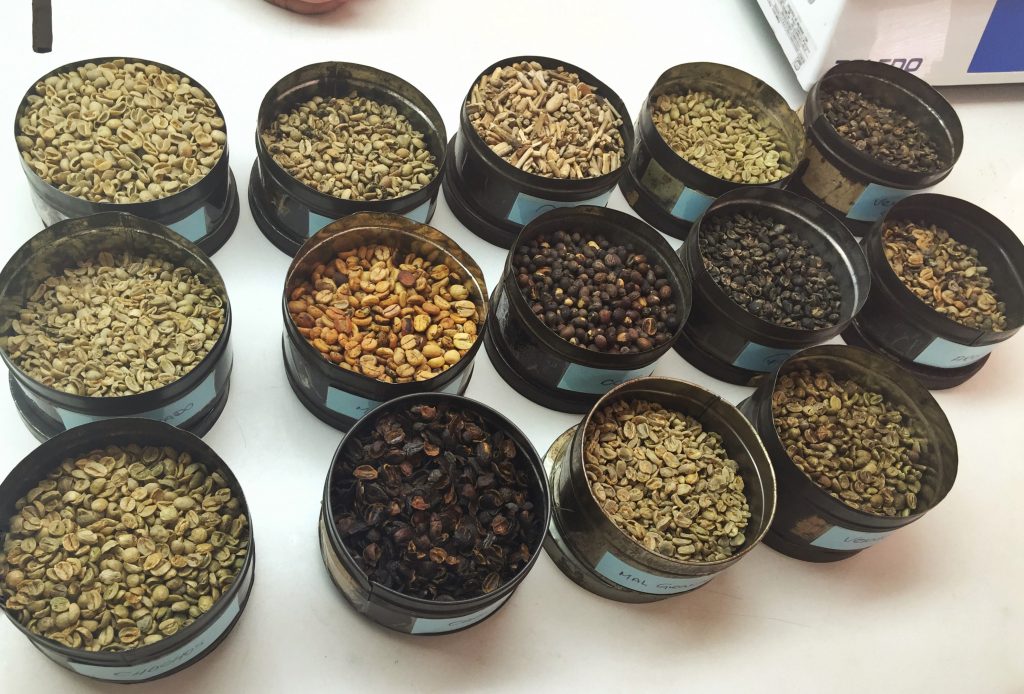
From the selection of the perfect coffee beans to doing a tasting for acidic and robust flavor, walking through the plant to learn all about becoming more than just a cup of coffee. The photo above is showing a few of the “bad beans”. Crops that got too much water, too little water. One was harvested too early, another too late. Some the weather was too hot, another too cold. Factoring that the environment plays a significant role of harvesting the perfect beans.
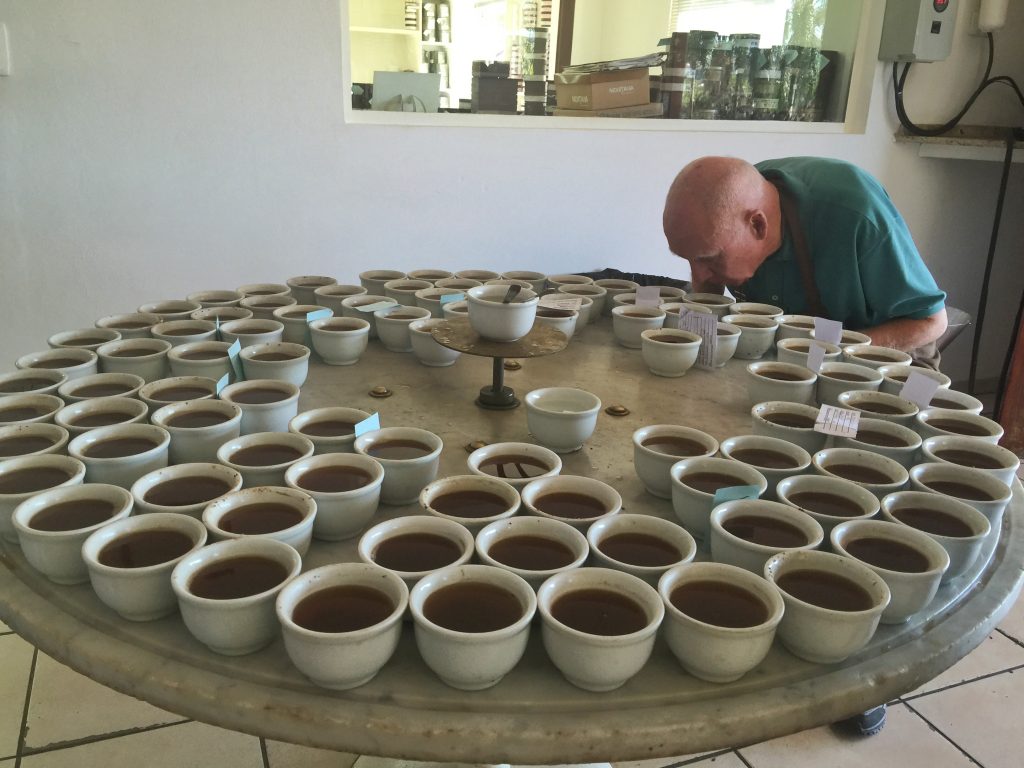
So meet the cuppers, the guys that evaluate the beans for their overall visual quality, then the beans are roasted, immediately ground and infused in boiling water. The cupper takes in the aroma of the brew to judge the coffee’s quality. At the time I was there, there were two cuppers at the table “nosing” and tasting the coffees.
When the cuppers taste the coffee, they slurp a spoonful of the coffee into their mouth with the goal to hit all their taste buds; then they quickly spit out the coffee. It’s quite funny to watch and even more fun to try. The cuppers shared how the different coffees range in flavor. One of them I tried was very acidic; another one tasted like chlorine. It was interesting to learn that Greece favors one of the coffees I tried that I found very acidic. They are one of the only countries that buy those particular beans.
João shared with me that cuppers have a special diet, one that prevents them eating food with certain spicy spices as well as abstaining from drinking alcohol. It ruins their taste buds, and that is a pretty important part of their job.
The tour was a treat, and my mind is blown every time I have a cup of coffee. I think of the process. Thank you, João. I will never forget this experience.
- You Have to Remember – 9/11, 20 Years Later - September 11, 2021
- Creating the Perfect Look with a Maxi Dress - October 20, 2020
- Brand Better Giveaway - October 6, 2020

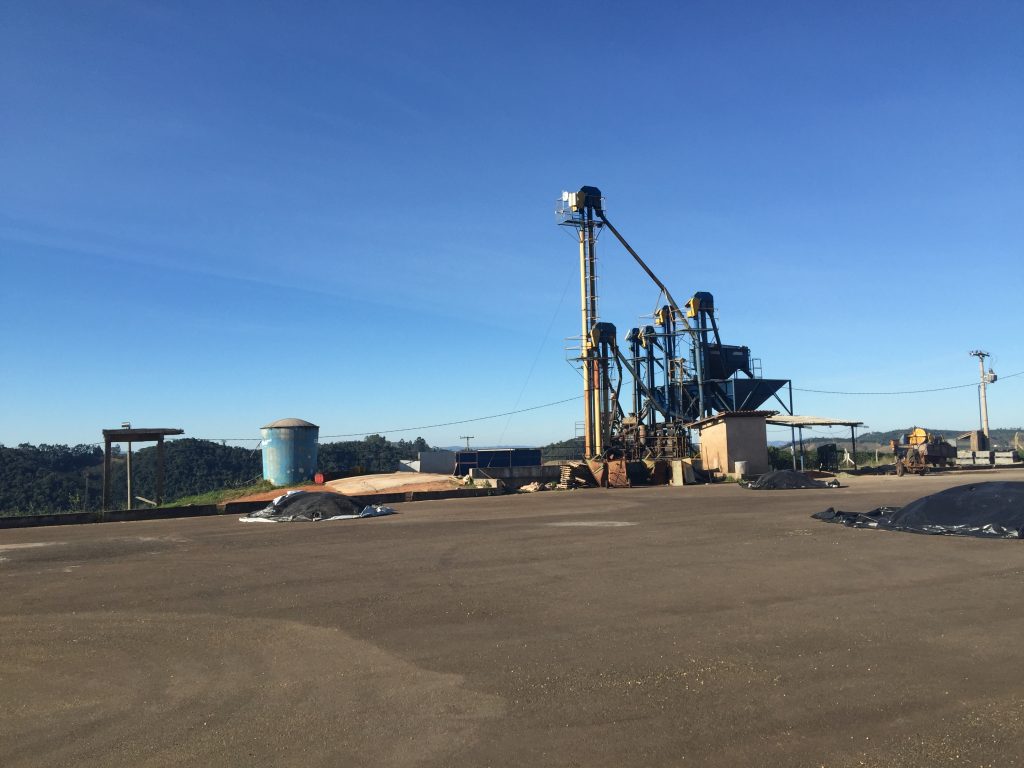
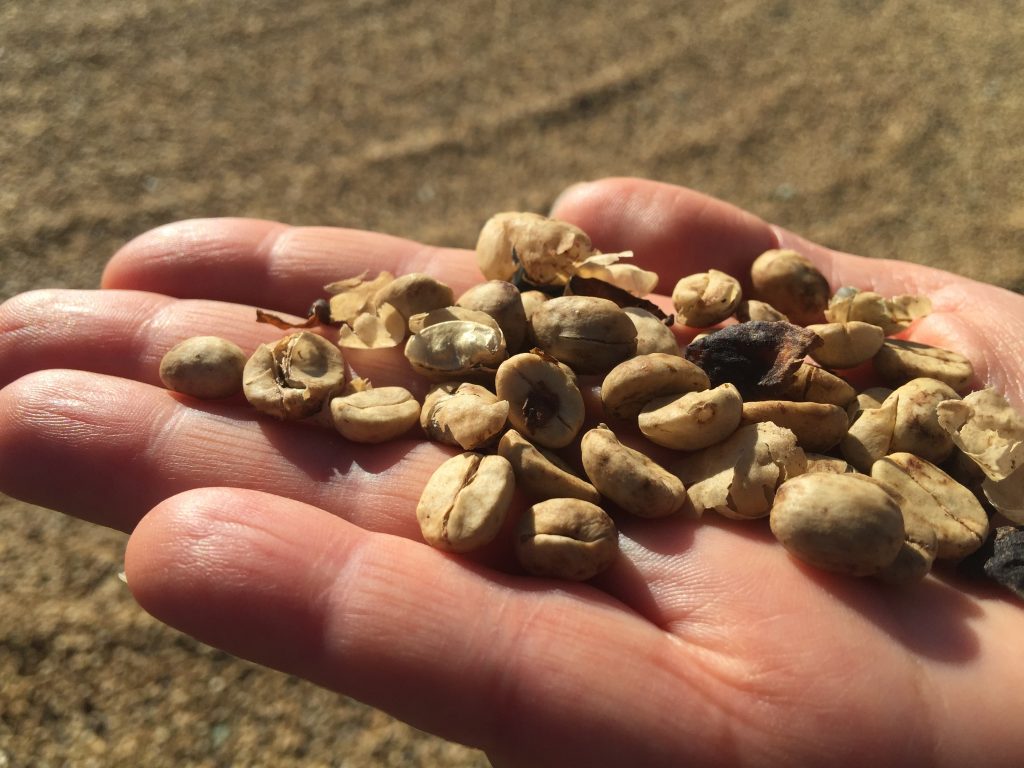
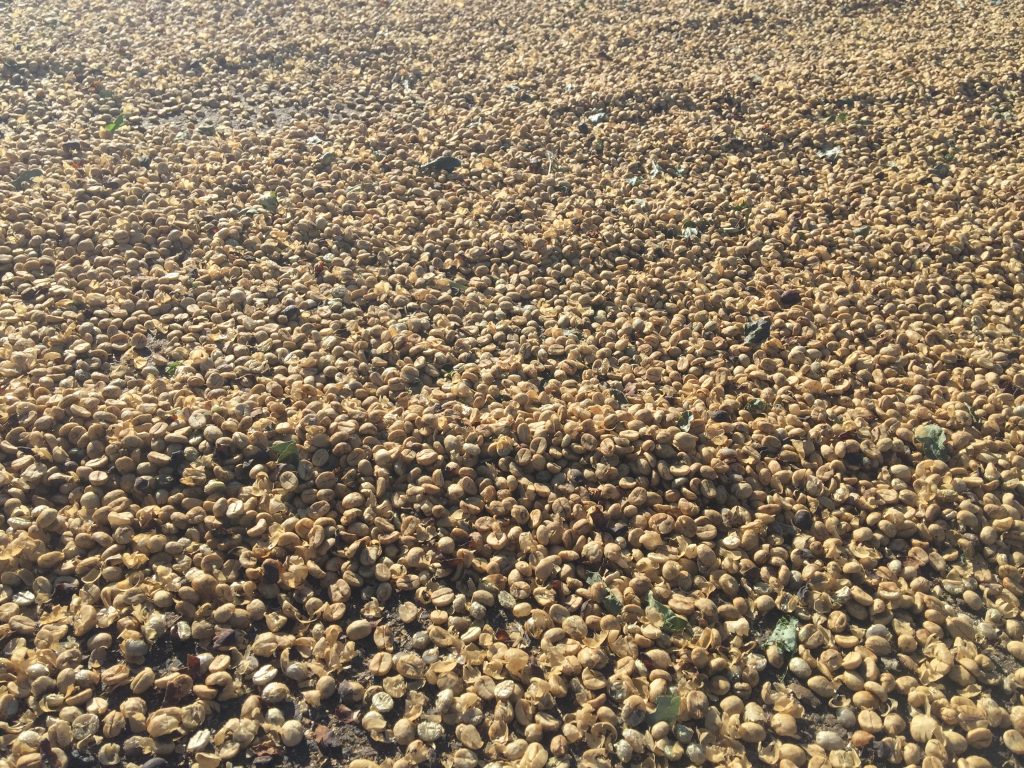
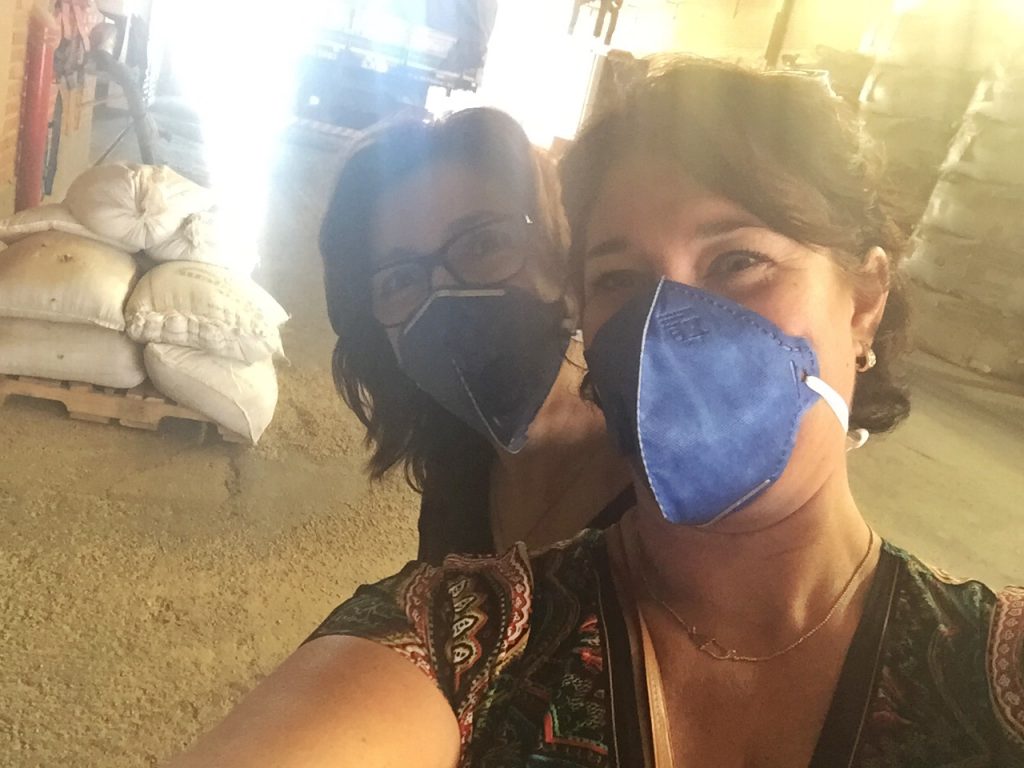
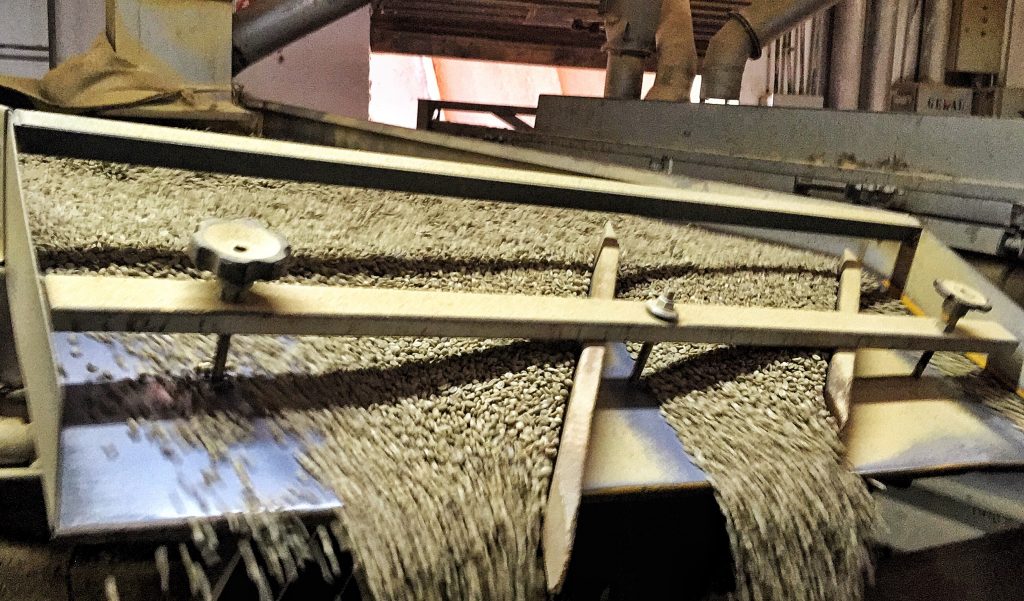

Lovely post and pictures Tara! We too have a similar “bean to cup” trail in South India as well:)